How to make Kalle-pache, Khash. Persian-Turkish style sheep’s head soup, and a traditional European presentation.
When traveling – or cooking it at home – I’m always on the lookout for good Sheep’s Head Soup. The more refined versions are known as Sheep’s Brain Soup in some places – where all of the other protein is strained from the broth and the brains are added at the last minute. Though my favorite has it all in there, up to and including the occasional eyelash. Basically every element from the head, along with heavy doses of mint, yogurt and lemon juice.
We’d like to spare you the pictures of the actual heads, but yeah, they’re kinda required to make this dish. So – if you’re bothered by them – look away!
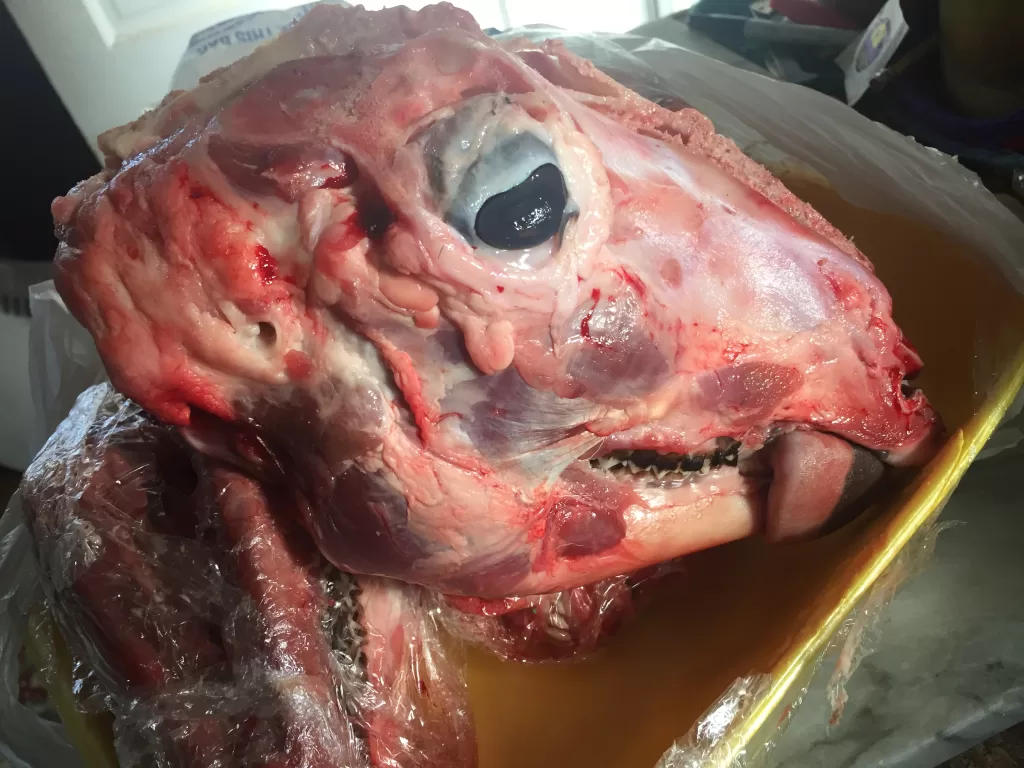

All over the world the soup is popular – and made mostly at home until you get out of the US and travel a little, which I recommend to everyone. I’ve heard the following multiple times on certain travel shows – and it can’t be repeated enough:
“Travel is fatal to prejudice, bigotry, and narrow-mindedness, and many of our people need it sorely on these accounts. Broad, wholesome, charitable views of men and things cannot be acquired by vegetating in one little corner of the earth all one’s lifetime.”
― Mark Twain, The Innocents Abroad / Roughing It
I encountered different versions all over Turkey. This version pictured below is an amalgam, for lack of a better word, of the way they serve it in Izmir and Istanbul. The versions I found in northwestern Turkey were more rustic, herbaceous, and seemed more “old-world” in style, texture and flavor.
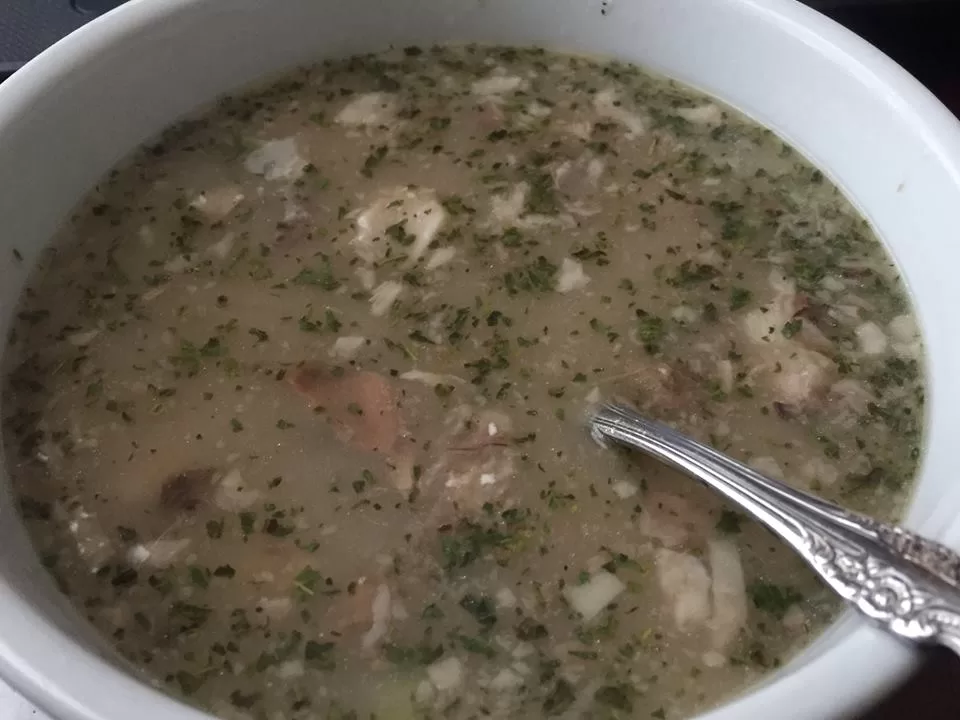
This other version pictured below is from the city of Izmir – along the coast of the Aegean Sea. This was more creamy, heavier on the brain influence, more subtle and sophisticated in flavor. A more refined version and not so surprising to find along the coast – where many food items are generally lighter and leaner.
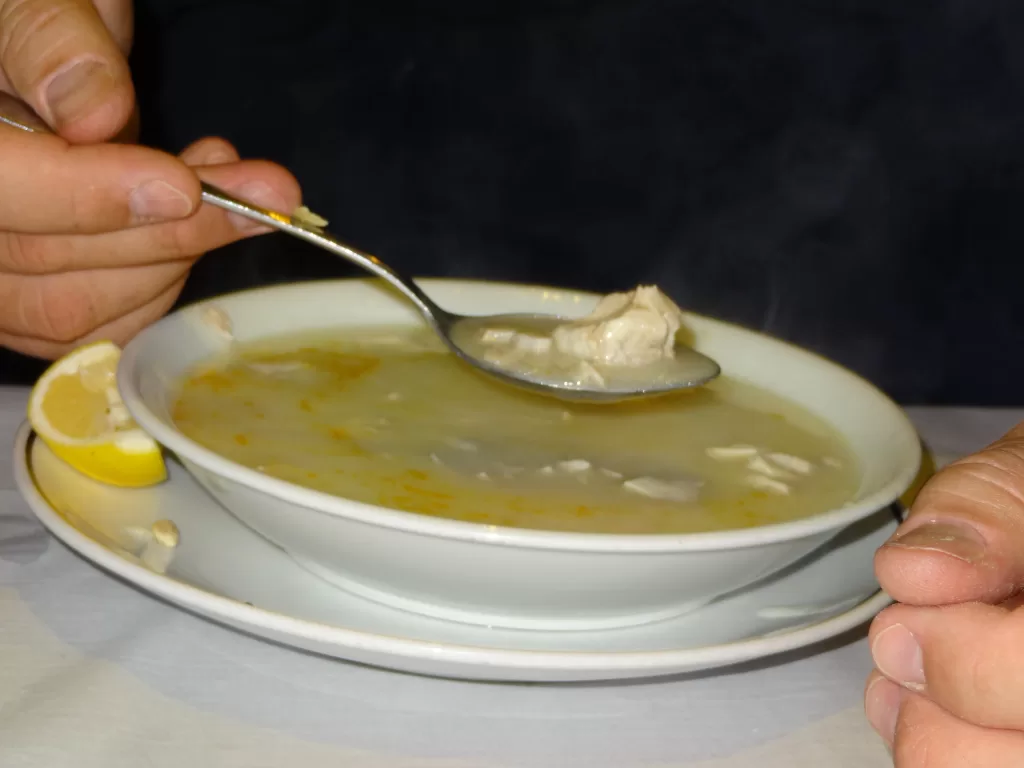
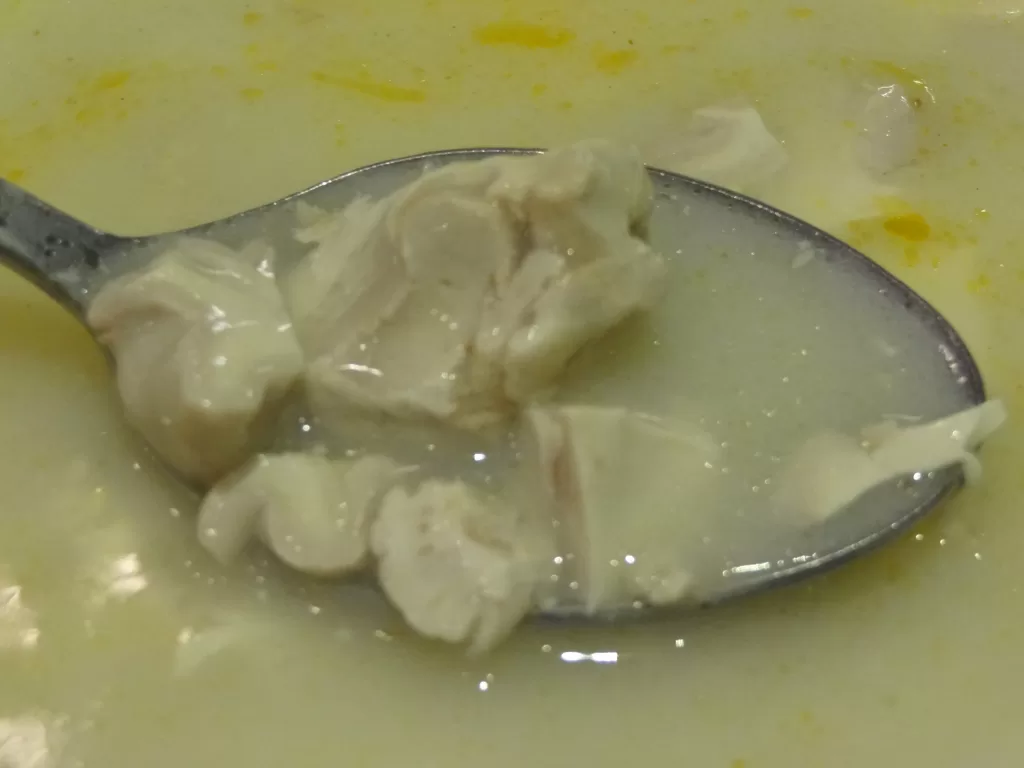
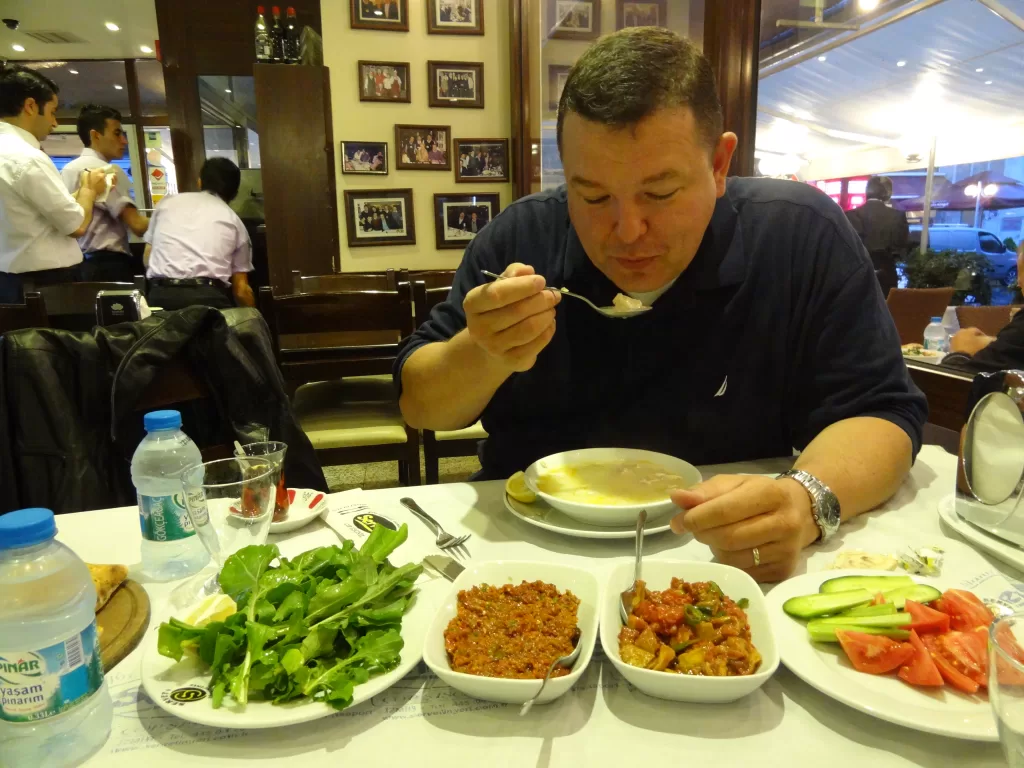
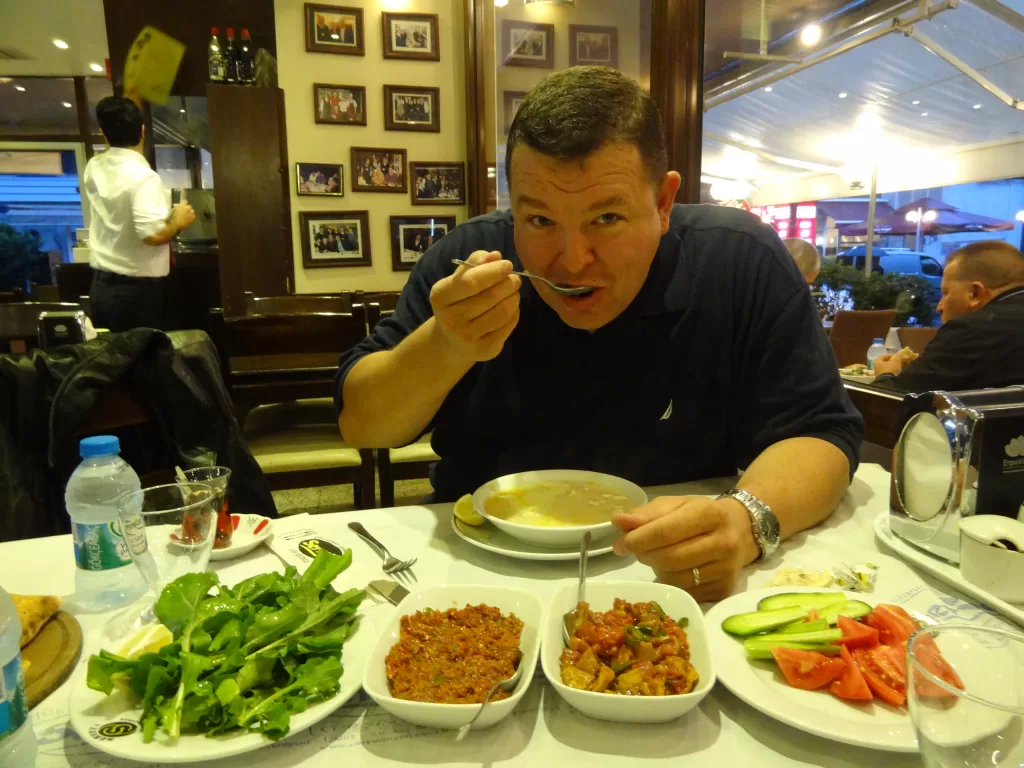
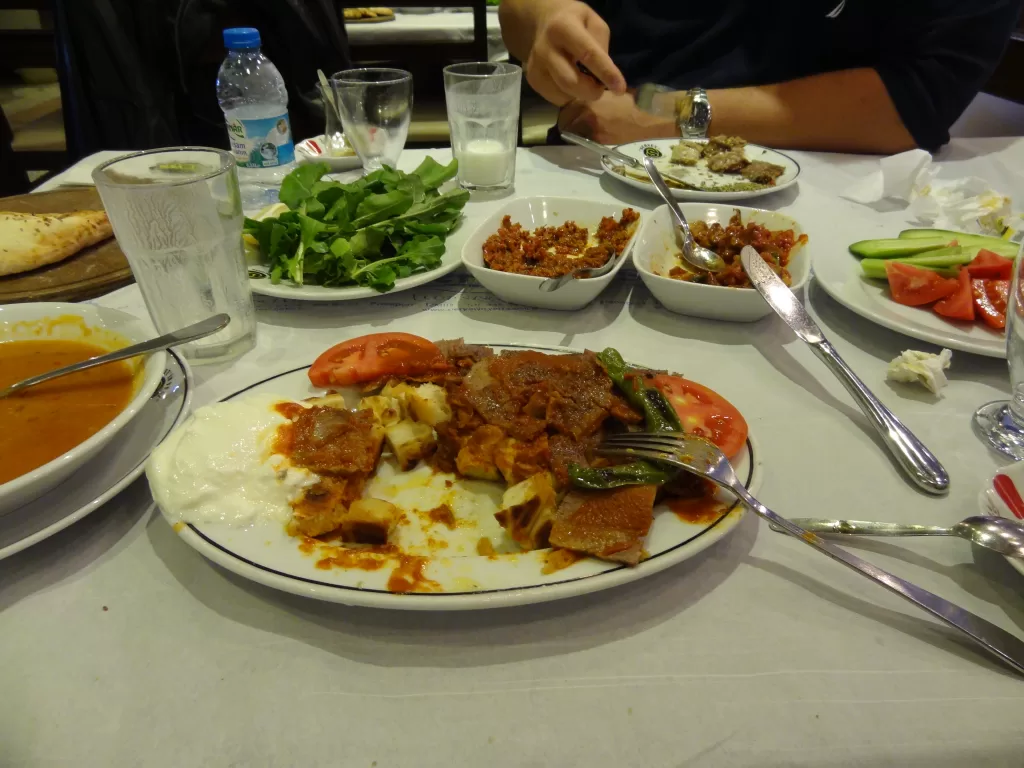
Either way – it is a relatively spartan soup, with little in the way of vegetables, starches, and other additions. I suspect many of the more refined versions are cooked with a bouquet-garni in cheese cloth. Overall – “sheep’s brain” versions, featuring only the brain as the protein, are generally very light and the bang for your buck is in the flavor of the broth.
Rarely do I see them as chunky stews, for there is little left after the meat is removed from the bone. The broth is usually quite concentrated, with lots of collagen, and can stand up on its own as a clear consume if that is the way one wishes to eat it.
For this article – we’re going to go a little further than the traditional Anatolian – Middle Eastern preparations – and introduce some non-traditional elements such as mirepoix, potatoes and bay leaves.
Begin by washing/rinsing the head a few times and place it in a deep pot with just enough water to cover. Turn the burner to medium-high.
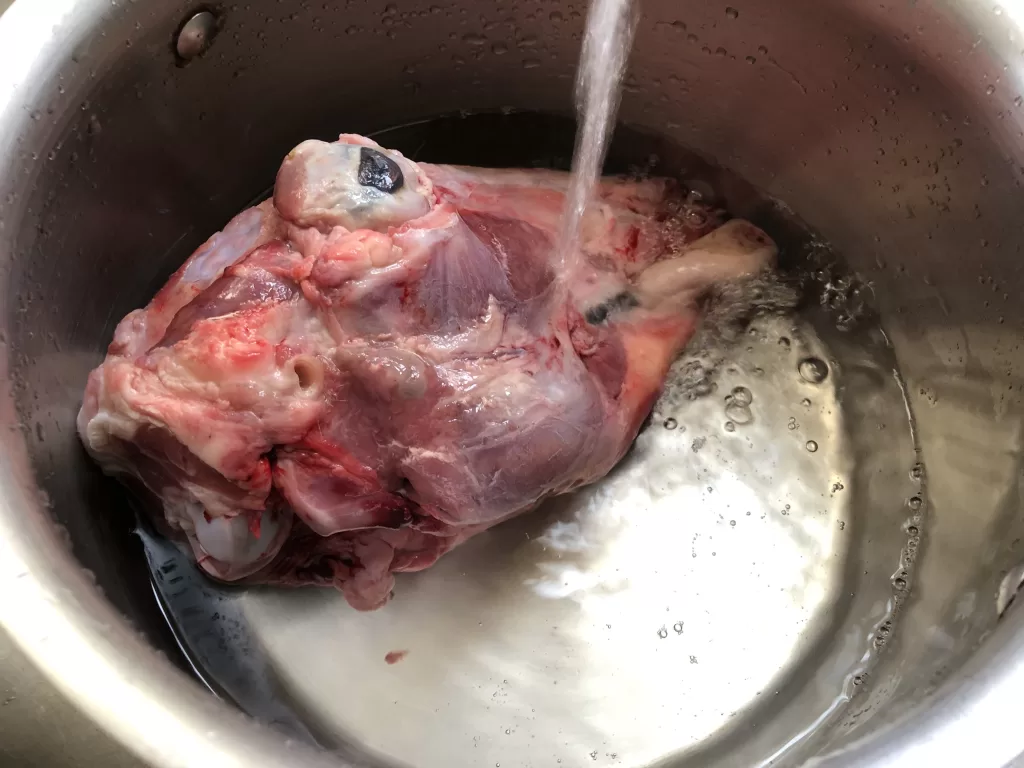
In the beginning, the water needs to be changed out at least 2 or 3 times. Some recipes call for soaking the head for several hours. I prefer to bring the water to a gentle boil once or twice and pour the first few pots out. This helps to get a more refined soup with less “off-flavors” and some of the congealed blood and other various bits that we don’t really want in the final product.
Once the water has been changed a few times, add two bay leaves to the water, set the temperature to medium and bring it to heat slowly. Once simmering – reduce the heat to maintain a gentle simmer. There’s no need to “boil” the head.
During the final cook – we’ll be taking our time, ultimately cooking the head until all of the meat pulls freely away from the bone upon removal from the water.
Don’t let it go too far though – as there are a lot of little bones and other parts which become hard to find if it completely breaks down and falls apart in the pot. You’re better off taking it out of the water a little early and pulling the meat. We’ll go over which parts to leave behind.
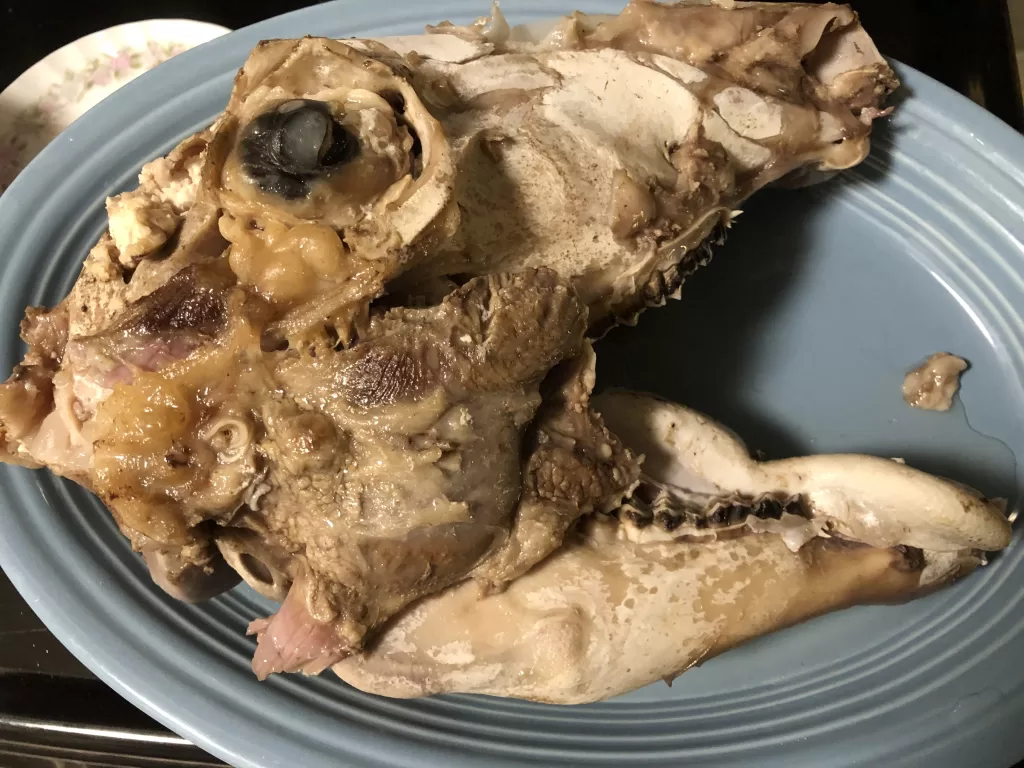
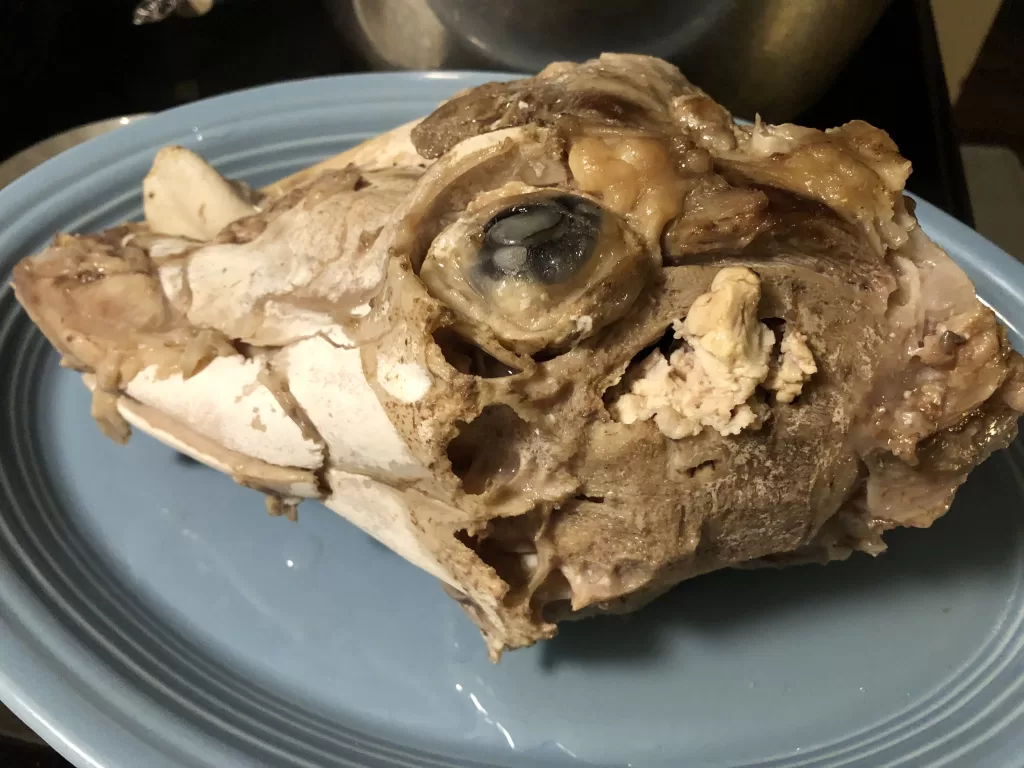
So – after roughly 2 hours of simmering – the head can be removed, all in one piece, and set aside to cool a little so that we can pull it. The jaw bones should pull away freely with slight resistance.

The broth should be rich and opaque. I don’t ever find a need to strain it. At this point – you’re basically done. You can chop the pulled meat and add it back to the broth along with mint, garlic, salt, pepper and lemon juice – bring it to a simmer one more time, and you have the soup pictured above. I add a little yogurt to each bowl just before service.
The flavors are very subtle, and easily overpowered by heavy use of herbs, or vinegar – so less is always more and stick to lemon juice for the acid profile.
When pulling the meat – there are only a few parts I avoid. Most everything else gets used.
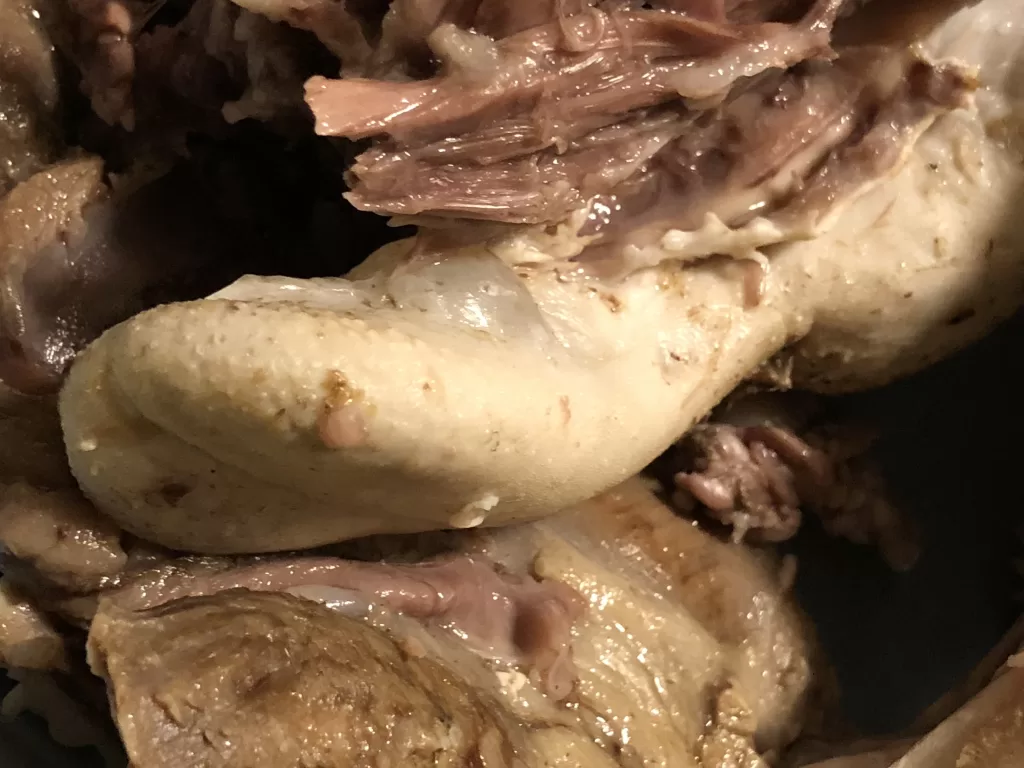
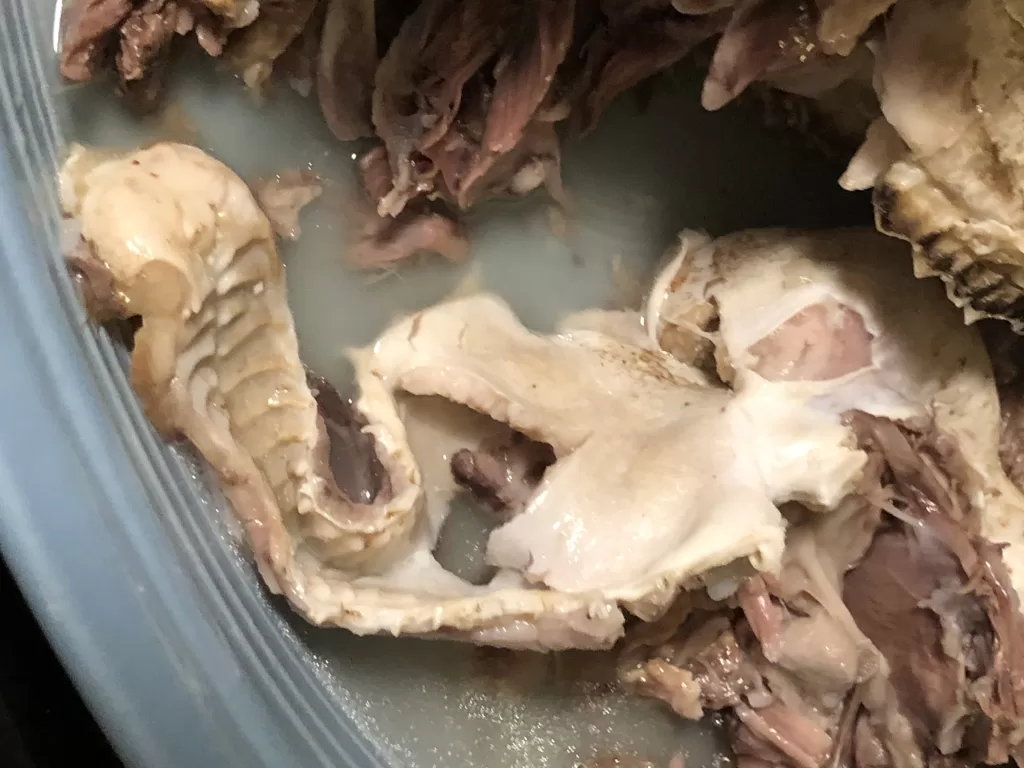
The outer casing of the tongue and the lining of the roof of the mouth and sub-lingual lining are discarded. They bring nothing to the dish and have an undesirable consistency.
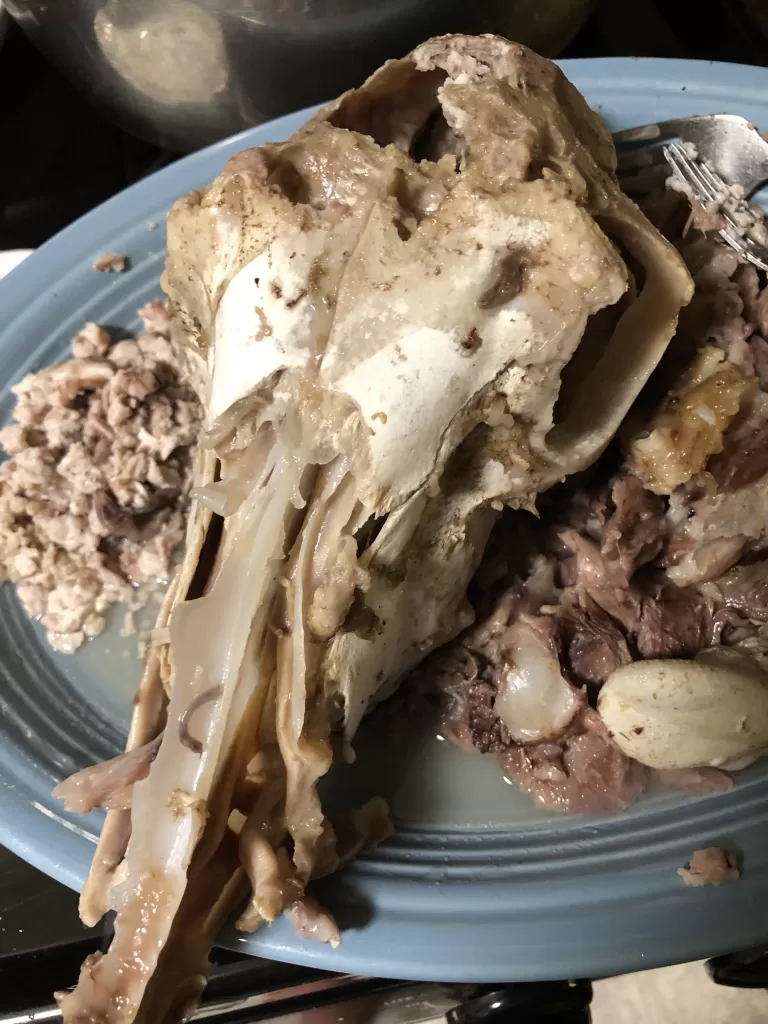
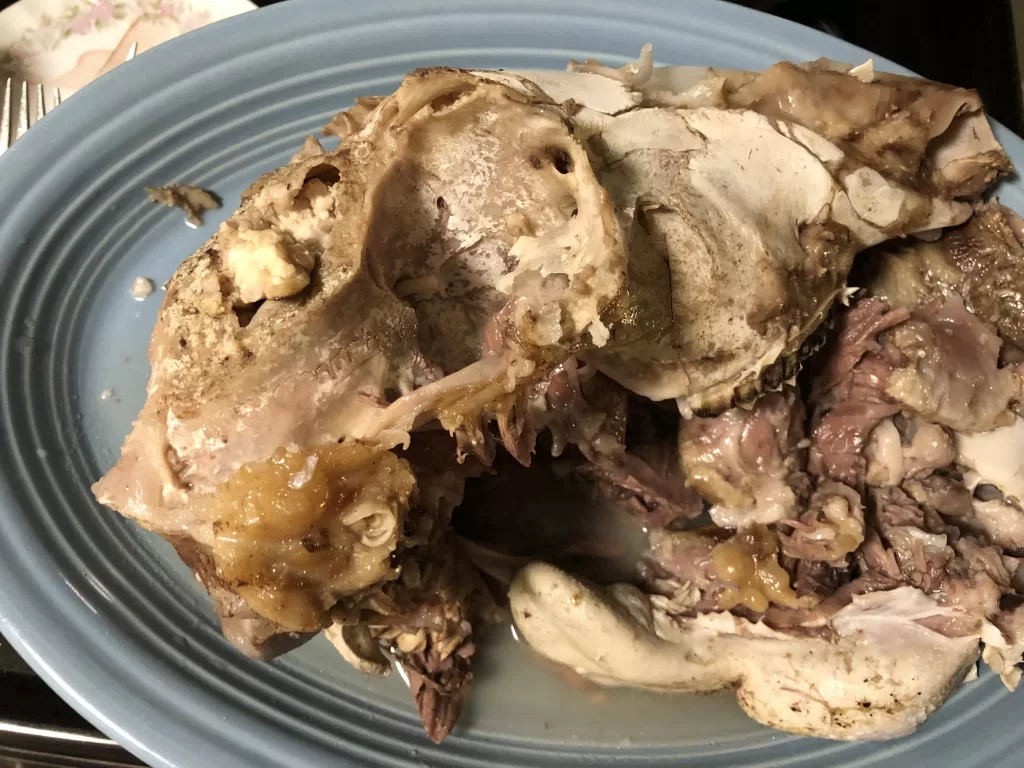
Nothing is intentionally removed from the sinus cavity. I just leave it alone.
The brain is removed through the opening in the top. Ask your butcher to cut a hole in the cap – as doing it at home can be a dangerous, messy chore.
Be sure to collect all of the collagen off the base of the skull and nestled back behind the eye-sockets. The eyes and all of their musculature, the cheeks, brain and the tongue are the primary parts to reserve. The rest – I’d leave it. The skull is discarded. There is zero benefit to adding it back unless you are going to cook it completely down and run the broth through a screen at some later point.
Not for me. Simply no need.
I like to chill the pulled meat until it is completely set – and then cut it to a desired size before adding to back to the hot broth. As we diverge from this presentation into something a little more European in flavor and style, there will be ample time for the meat to chill in the refrigerator while we work on the rest of the prep.
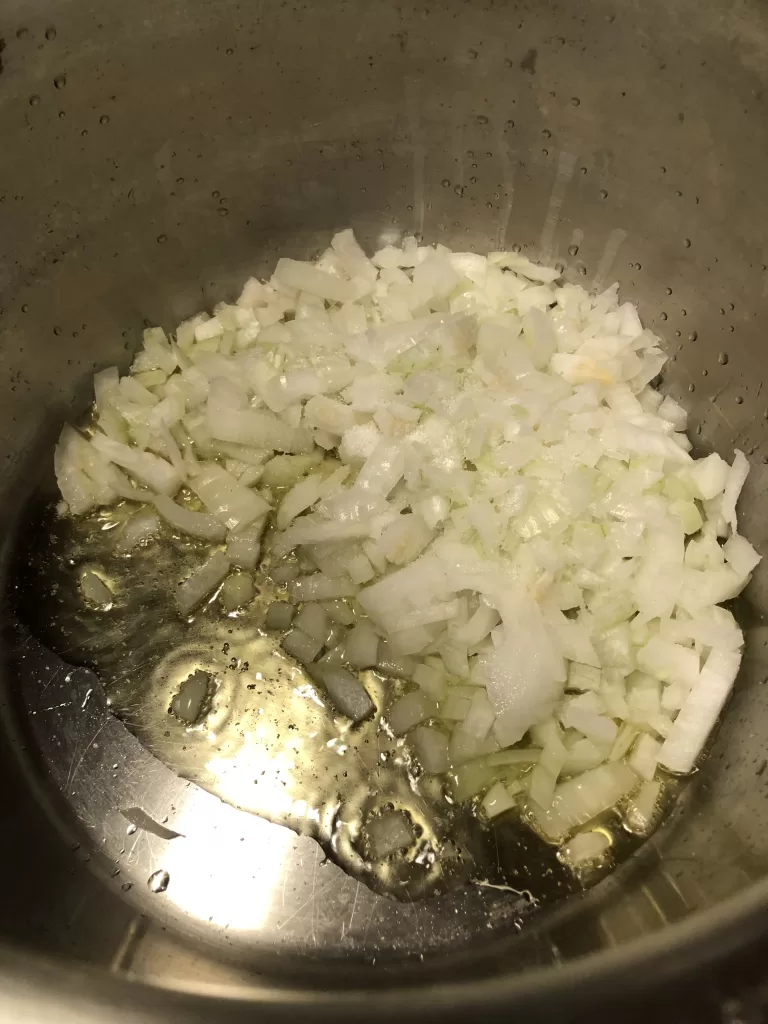
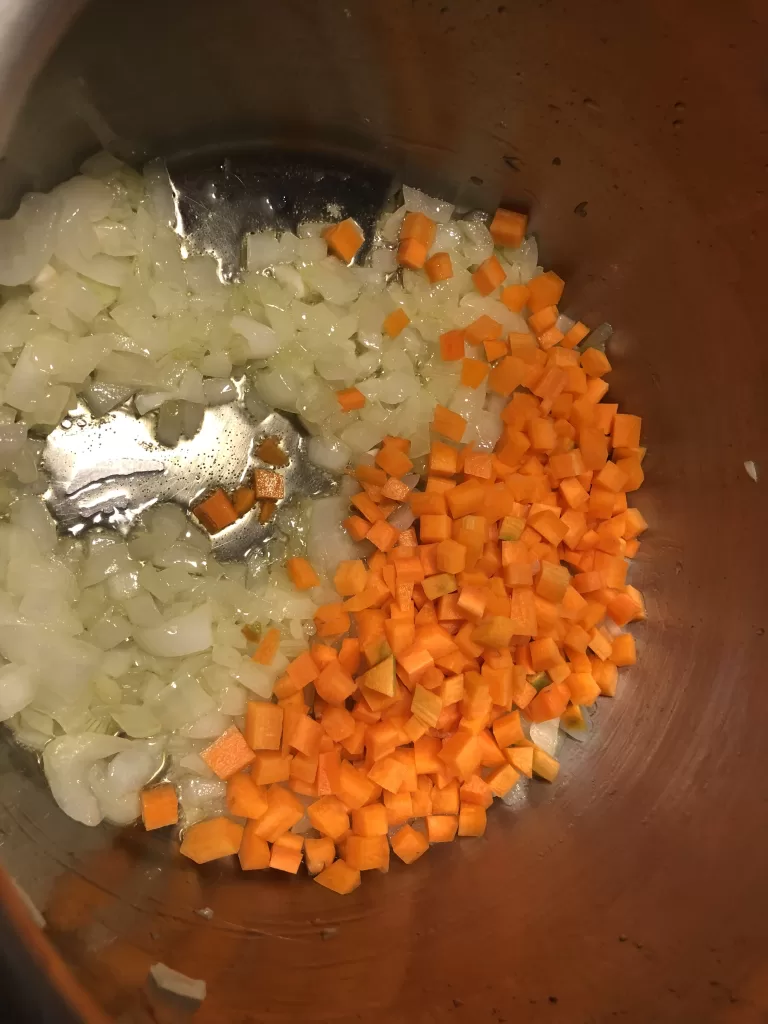
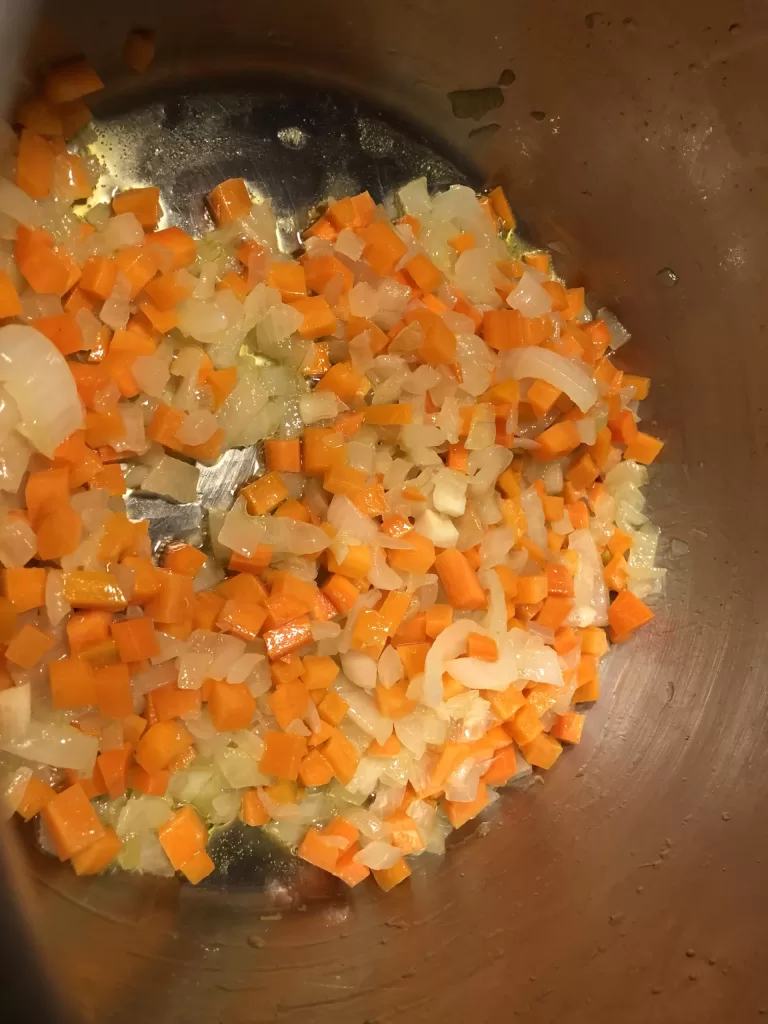
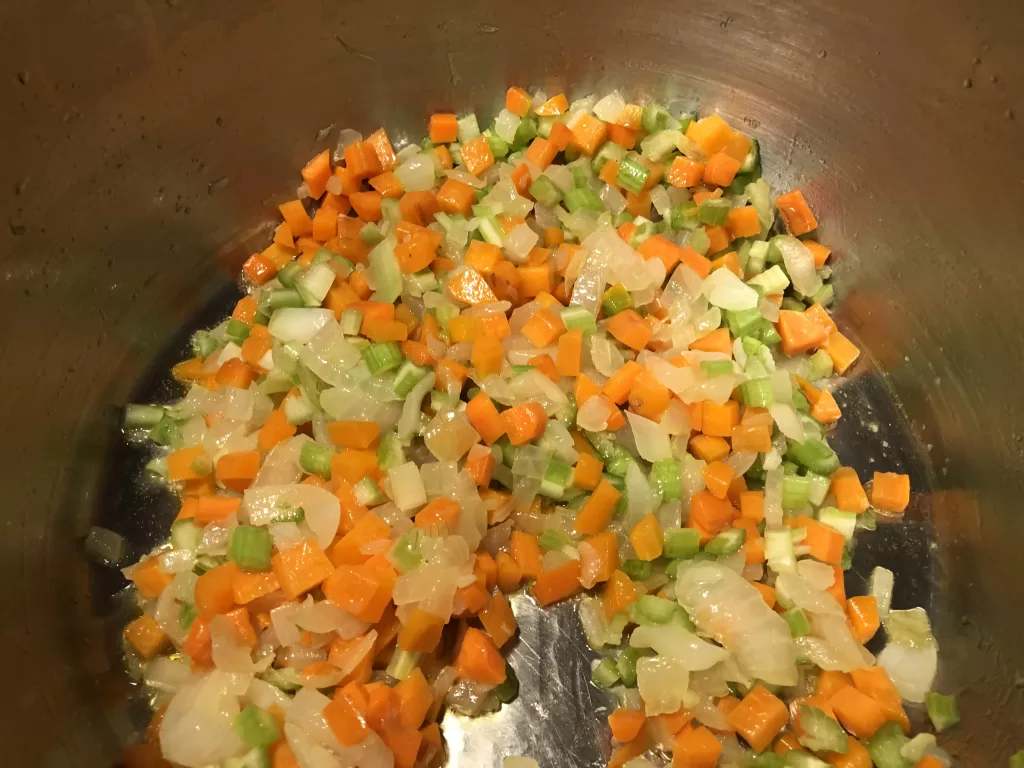
Start by sweating a whole onion in 3-4 tbsp of EVOO. Season with salt and allow it to release and turn increasingly translucent. Take your time and focus on the uniformity of the dice. The cuts of meat will be small – so no sense in having huge pieces of vegetable for it to hide under and around.
Work the onions for a while – then follow with the carrots (3-4 small), lightly seasoning each addition along the way and keeping an eye on the heat. A gentle sizzle is good for sweating out a mirepoix. Any color, or no moisture in the pan means you have it too hot. Lifeless oil and no sound – and it’s likely too cold.
Once the carrots have their time in the spotlight – do a small mince on the celery (3 medium stalks) and add them last. Allow them to integrate and cook for a bit. Take care to make the celery about half the size of the carrots. It’s nice to have the flavor and aromatics – but I don’t care for large pieces of celery in anything but chicken soup. Call me weird…
Once all the vegetables have sweat out, and the onions are almost completely translucent, add the potatoes after cutting them into a nice medium dice – about twice the size of the carrots – but not overly huge.
Add back the hot broth, two cloves of garlic, minced and pasted, once sprig of fresh rosemary (6″ finely minced), five or six sprigs of stemmed and minced fresh thyme – and stew for 30-40 minutes at a gentle simmer until the potatoes are soft, just to the point where they begin to lose their edges.
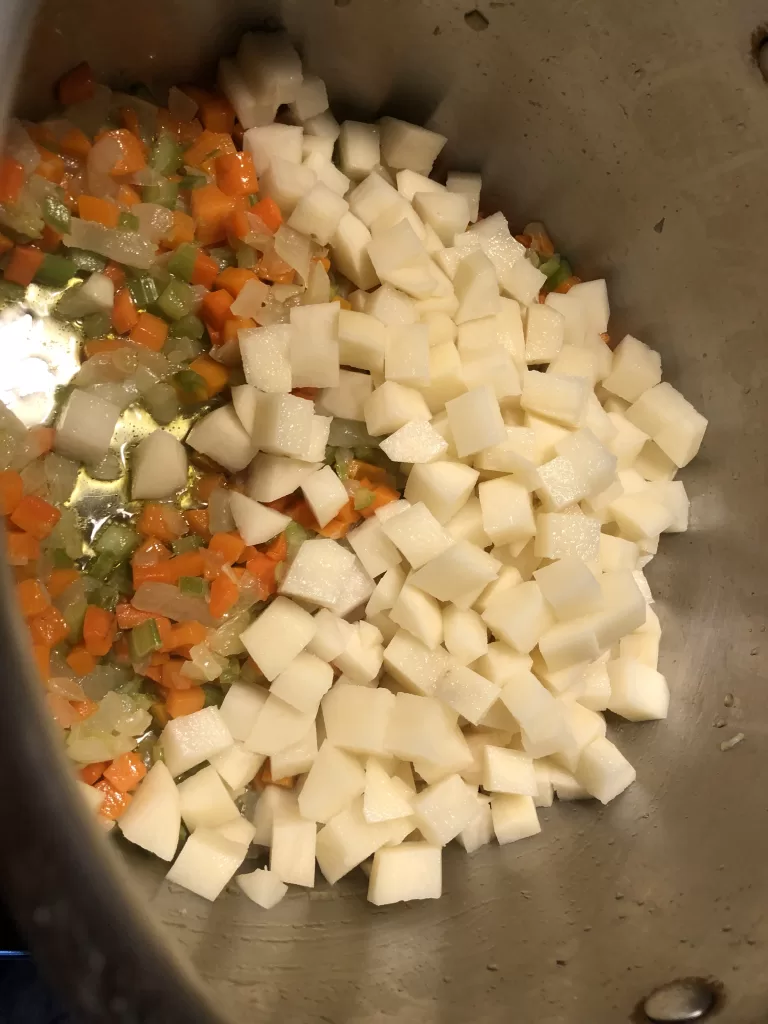
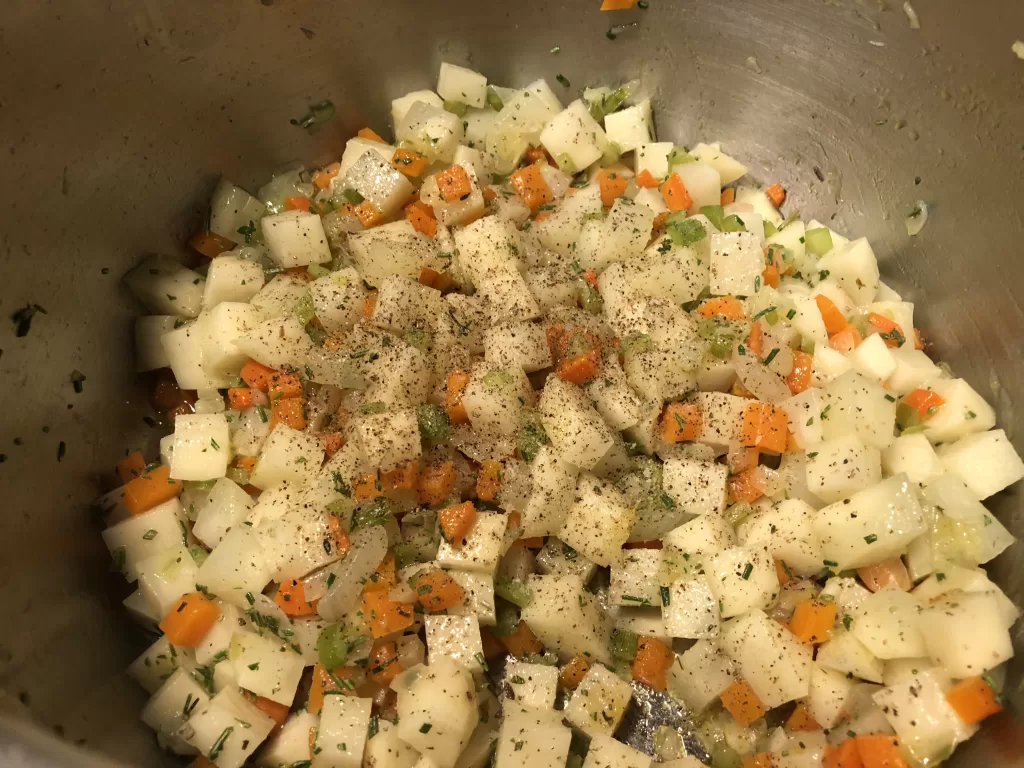
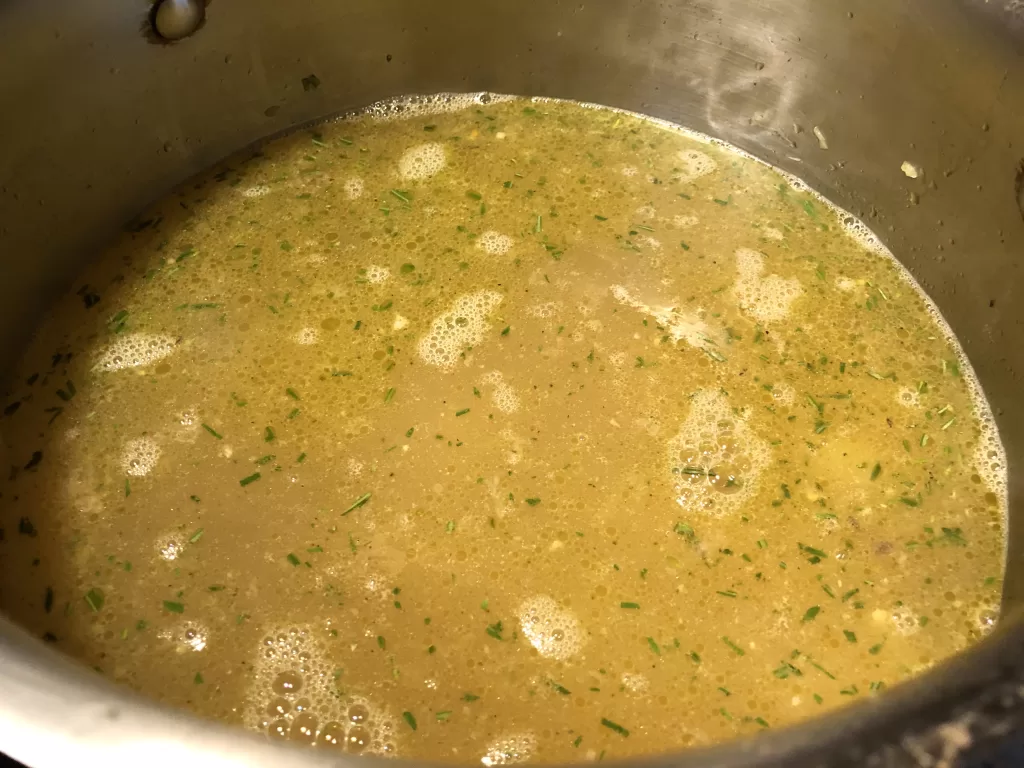
Once that’s done – you’re ready for final assembly.
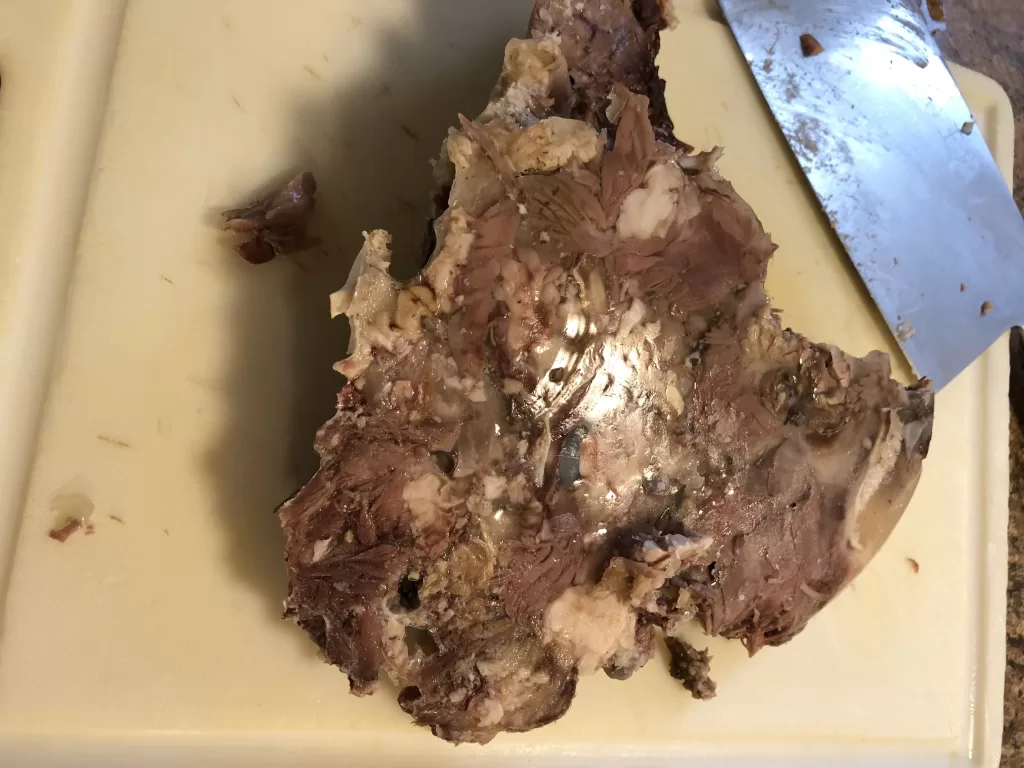
Remove the chilled meat from the fridge and cut into uniform sizes. Add all of it back into the soup, a final round of salt and pepper – and the juice from half of a lemon. Bring the soup back to a simmer once more – and then turn off the heat. You’re done.
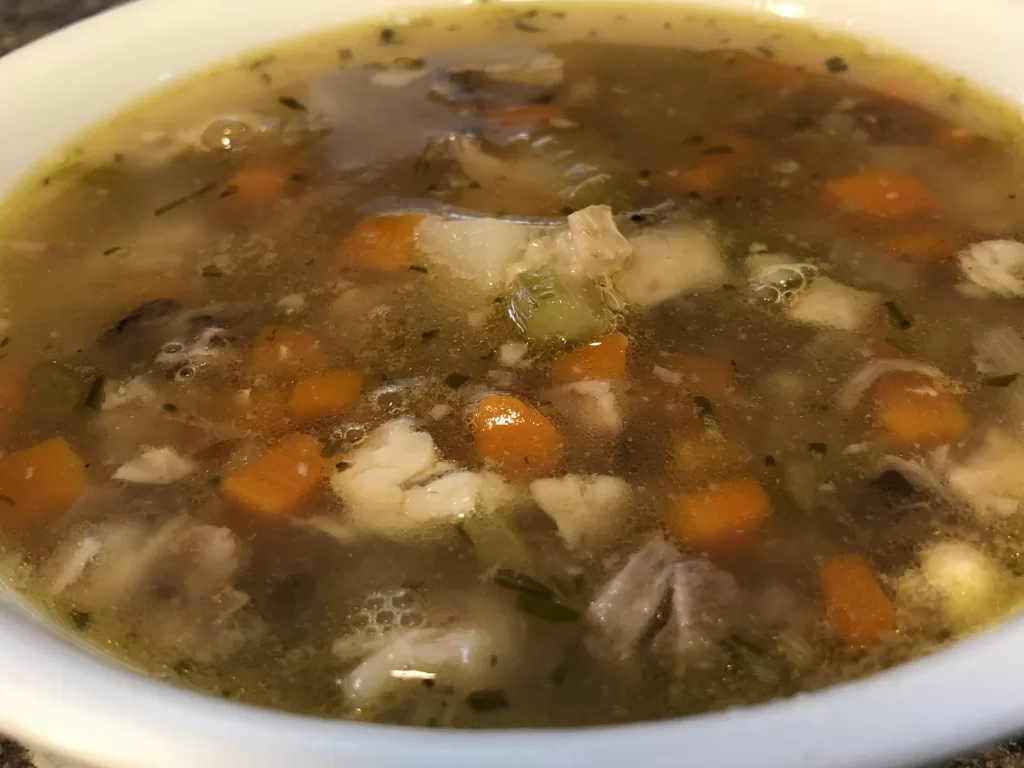
This is one of those soups that can be eaten right away and doesn’t generally need to rest overnight to obtain that special “fridge magic” that happens to some stews.
It is light, rich and very rewarding. For those willing to put in the work and explore the unique tasks which come with cooking old-world proteins, it’s a great learning experience – even if you only prepare it once or twice in your lifetime.
When a dish is eaten the world over, my mind won’t let me rest until prepare it and gain a greater understanding of it.
Hopefully, after reading this article – and possibly traveling down this road, you will too…
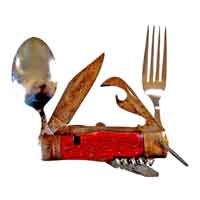
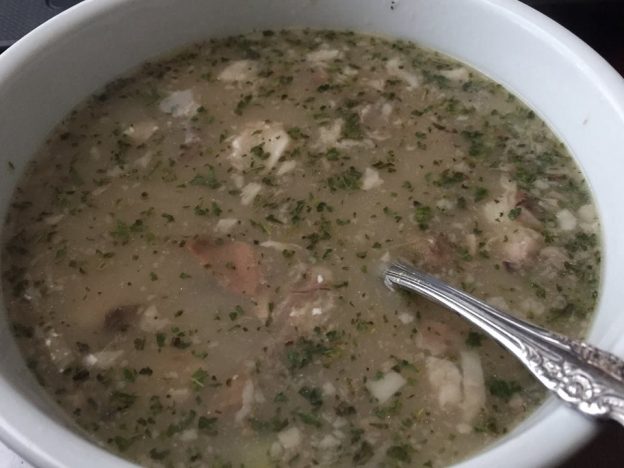
Leave a Reply